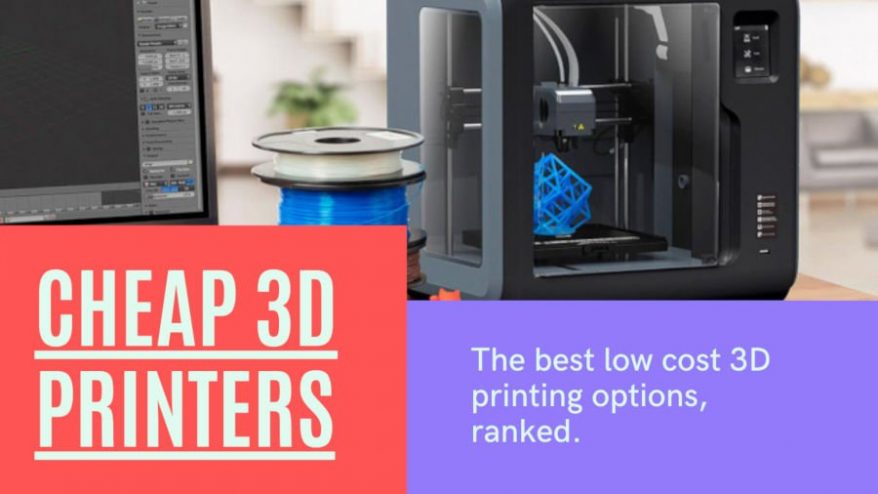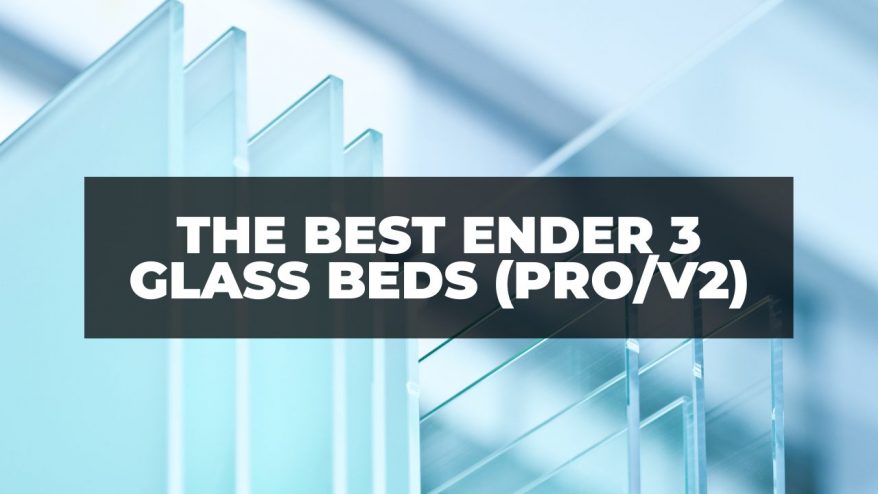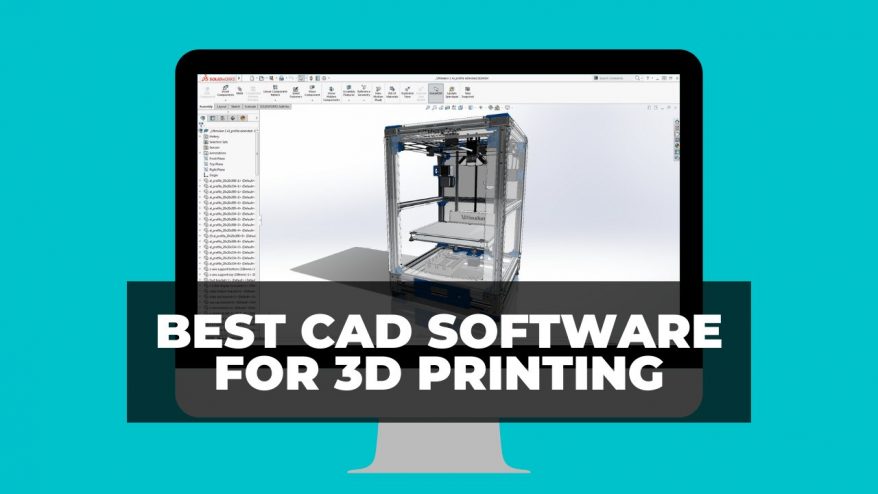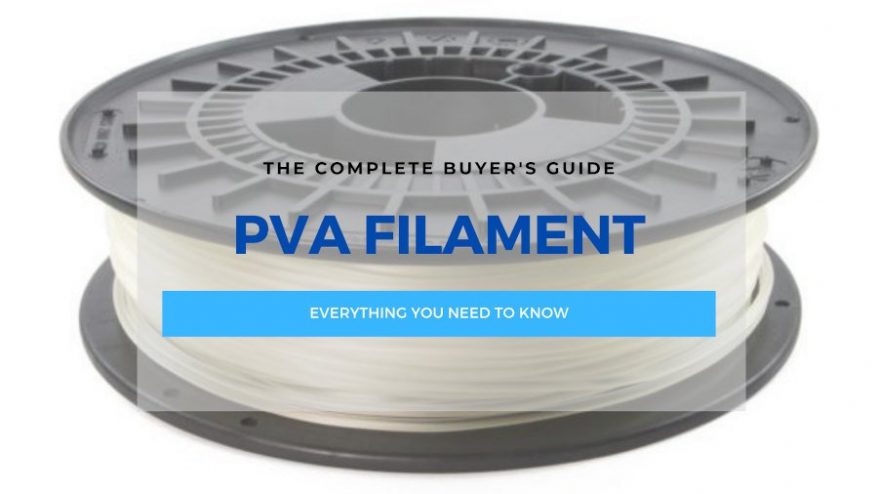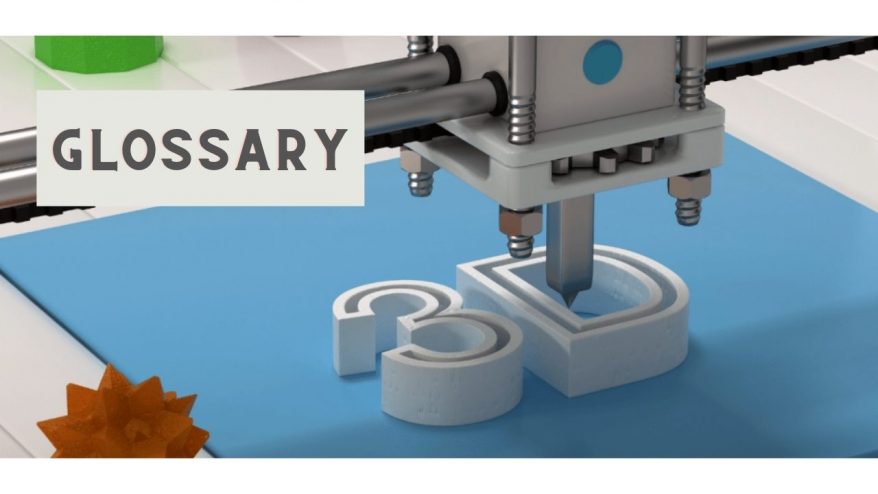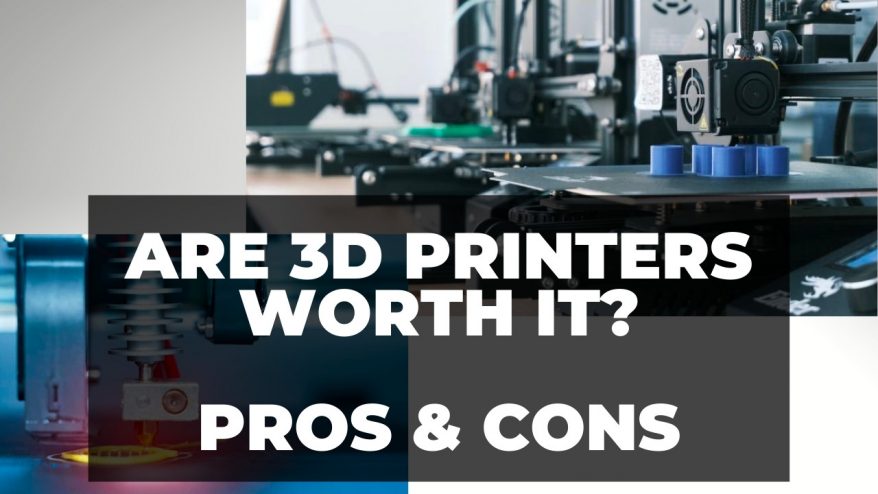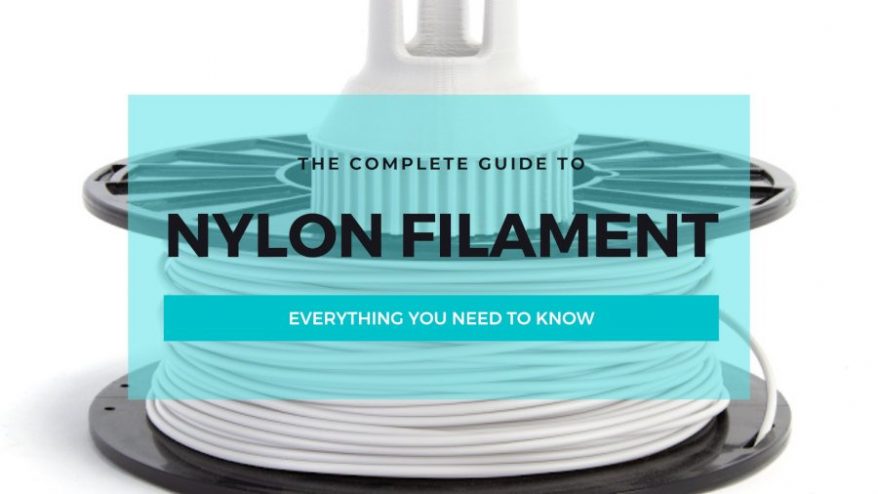
Top 7 3D Printing Tips for Beginners – My Guide


At 3DSourced we’ve covered everything 3D printing and 3D since 2017. Our team has interviewed the most innovative 3D printing experts, tested and reviewed more than 20 of the most popular 3D printers and 3D scanners to give our honest recommendations, and written more than 500 3D printing guides over the last 5 years.
If you’re new to 3D printing, it can seem like there’s an overwhelming mountain of information to wrap your head around.
However – like all things – the more you print, the better a printer you become. This is especially true if you’re building your knowledge on a solid foundation of best practices that have been gleaned from the experiences of others.
This article provides seven expert tips for beginners to achieve better 3D print results in a shorter amount of time.
So here are my top kernels of advice from my 1000s of prints to help you smooth the learning curve!
My Top Tips for 3D Printing Beginners
Have Patience
You’re dealing with a relatively new technology. While 3D printing was invented and patented in the late 1980s, it’s only been since the expiration of the original FDM and SLA patents that 3D printer prices have dropped, allowing nearly anyone who had an urge to give 3D printing a try.
While it’s getting close, 3D printers are not quite an “in a box” solution quite yet. (They’re getting close, though!)
They are complex machines that run fairly complex programs to produce increasingly complex objects, so you’ll need to have patience when you’re learning how to 3D print. Mistakes are going to be made, but every mistake adds to your body of knowledge and gets you one step closer to mastering the art of printing beautiful and useful object.
Read more: the best 3D printers for beginners

Really Get to Understand Your 3D Printer
Closely related to the idea of patience is the idea that successful 3D printing is the result of a closely choreographed waltz between you and your printer.
You can take advantages of tips like these and the experiences of other people who’ve been printing longer, but in the end you’re going to have to get to know your 3D printer inside and out.
The best printing results happen because the person doing the printing knows how to adjust and run their printer so they’re getting the maximum performance out of it for the material that they are using.
The more you know about your printer and the material that you’re using to print, the more successful you’re going to be in getting the end result you want.

Calibrate
One of the easiest ways to eliminate potential problems before you start a print job is to make sure that your printing axes are properly calibrated.
Your printer operates on three separate axes:
- The X-axis that moves the print assembly left and right
- The Y-axis moves the assembly backwards and forwards
- The Z-axis that moves the assembly up and down
While all are important to a successful print job, the correct calibration of the z-axis can spell the difference between victory and defeat when printing.
If the z-axis is too high or too low, you’re going to experience problems like insufficient adhesion to the print surface, smearing or your print material, and clogging of the print nozzle.
A properly calibrated z-axis and a level print bed will increase the chances that you will have a positive experience every time you print.
Use Quality 3D Printing Materials
A higher-quality 3D printer filament can allow you to achieve successful results with fewer problems.
Not all filaments are created equal. Some contain impurities that can cause inconsistent melting, resulting in inconsistent extrusion while printing.
Poor quality filament is also not manufactured to exacting tolerances. This means that on a single spool of filament, the diameter can vary widely. This variation can also result in under extrusion and even clogging of the print nozzle. When you choose high-quality printing materials, you eliminate these problems and increase the chances that your print job will run smoothly.
Read more: the best 3D printer filament buyer’s guide
Be Safe
You always need to be aware of safety when you’re 3D printing. Some of the surfaces of your printer can get hot and burns can occur if you’re not careful. In addition, all 3D printing thermoplastics give off fumes when heated.
Some materials are more benign than others when it comes to fumes.
However, all 3D printing should occur in a well-ventilated room to reduce any risk of harmful effects occurring as a result of inhaling these fumes.
Network and Communicate
When it comes to solving 3D printing problems, there is no need to reinvent the wheel.
No matter what issue you make be experiencing, the chances are that there is someone else out there who has experienced the same problem and is more than willing to share their solution with you. Take advantage of this experience and knowledge.
Join 3D printing forums and groups and introduce yourself. Participate in the community. Ask questions. Any “expert” should be more than willing to take the time to answer your questions and give you the benefit of what may be years of experience. Networking and communicating with other 3D printing enthusiasts is an invaluable resource to someone just starting out.
Don’t Neglect Design
Every 3D object started life as a CAD file. When you’re first beginning to 3D print, it makes sense to use designs produced by other people in order to get to know your printer, the materials that you’re using and the process itself.
However, you always have to keep in mind that designing a 3D object is, in some respects, the heart of 3D printing. This means that in order to really get a feel for how the entire process works, you have to begin designing your own objects as well.
There are a number of free CAD programs available that make designing your own stuff easier than you think. After all, there’s nothing more satisfying than successfully printing an object that you designed from scratch.
Related posts:







